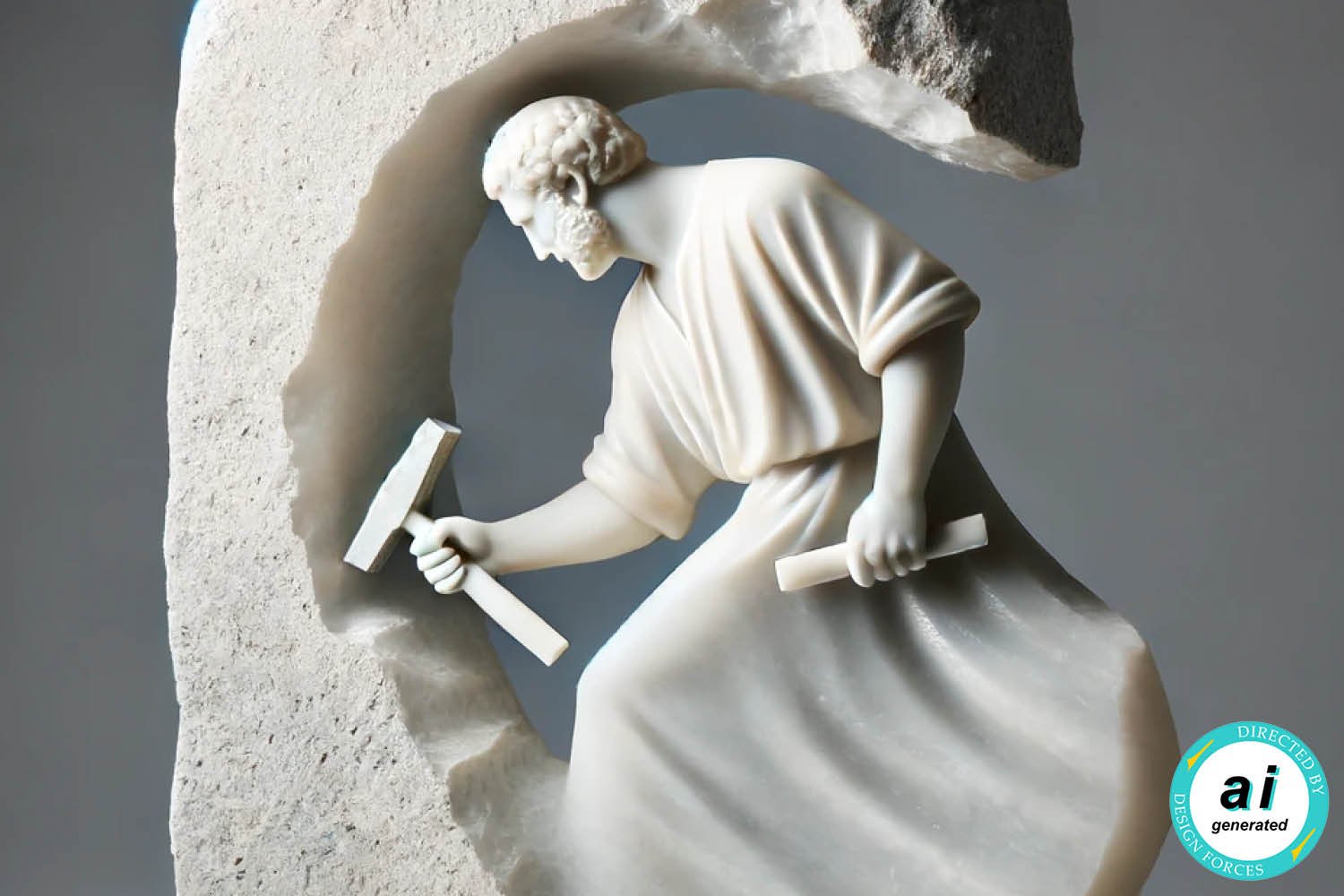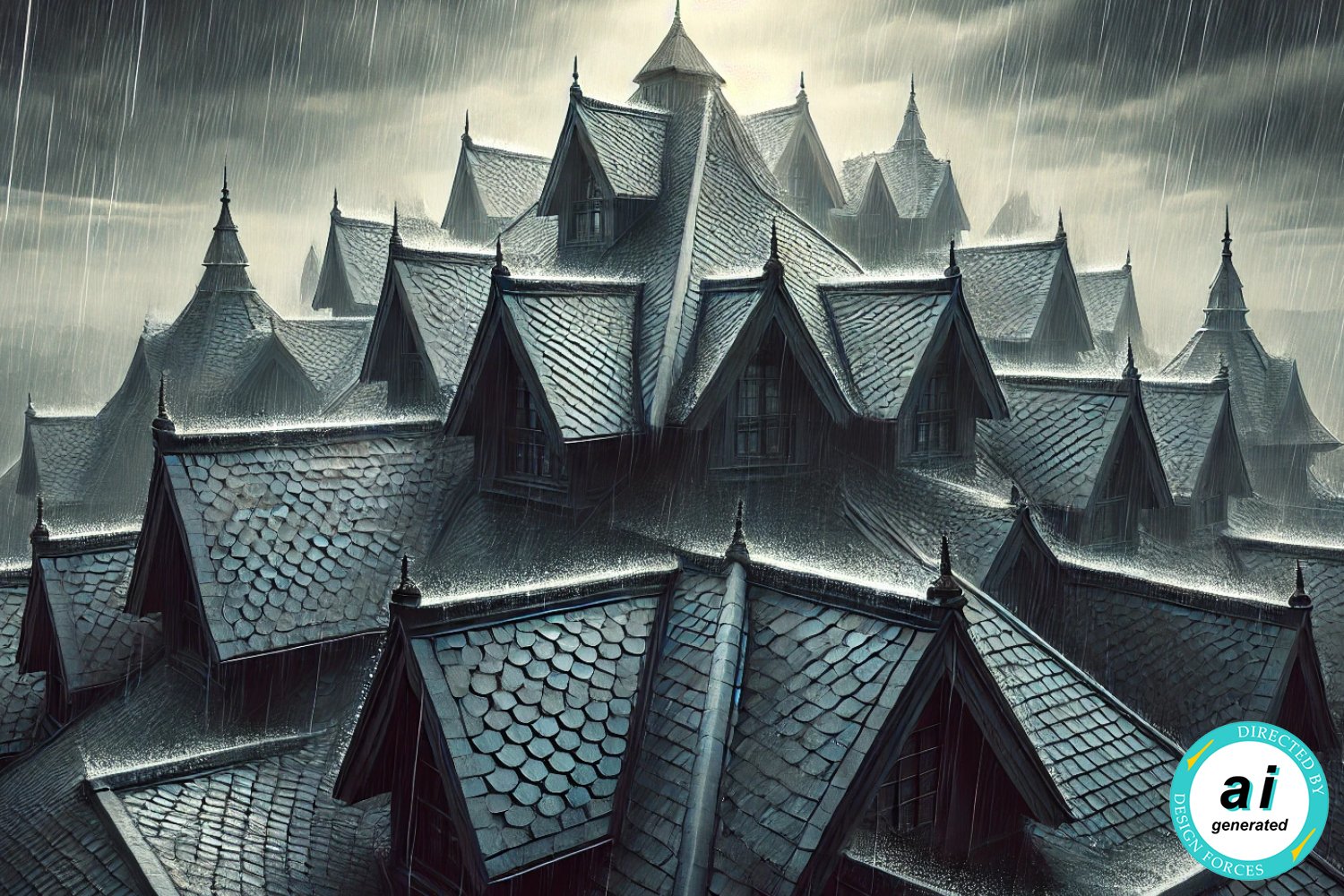Stone
Alabaster
Characteristics
Fine-grained, translucent stone with smooth texture and light color, typically ranging from white to cream with darker veins. Easy to carve but also prone to scratches and damage compared to harder stones. Alabaster has a unique ability to transmit light that allows for a distinctive, glowing appearance.
Typical Applications
Products: Vases, bowls, décor, and light fixtures for several interior design ambiences.
Sculpture: Intricate artworks and detailed statues.
Architecture: Ornamental elements such as columns, panels, and window mullions.
Recycling & Regeneration
Can be crushed to create new composite materials, and products, such as plasters and fillers for industrial use. Formed under particular environmental conditions over millions of years, natural deposits are limited and non-renewable. Not in itself damaging to the environment, the extraction and processing can have environmental impacts.



Granite
Characteristics
Strong, tough, and durable with a resistance to wear and extreme climates. Formed from magma within the Earth and features subtle patterns including speckling, streaking, or even wave-like formations. The various mineral compositions allow for an impressive variety of hues.
The surface can have a coarse, matte, or polished finish.
Typical Applications
Interior: Tabletops, kitchen countertops, fireplace borders, flooring,
wall cladding, bathroom sinks, sculptures, mosaics.
Outdoor/construction: Monuments, sculptures, tiles, facades, patios,
courtyards, pathways, foundations, crushed for landscaping
or construction aggregate.
Recycling & Regeneration
Advances in quarrying and fabrication technologies have led to more efficient use of resources. The environmental impact over its lifespan is relatively low due to a longevity of hundreds or thousands of years. Recycling involves repurposing leftover or discarded granite from construction sites or renovation projects into new products.



Jade
Characteristics
Tough, hard, and relatively strong gemstone, either nephrite or jadeite (often considered more valuable). Comfortable against the skin due to thermal stability and fine-grained texture, which allows it to be polished smooth and also carved in very detailed designs. Has many color variations beyond the iconic green.
Typical Applications
Jade has been used for centuries in various cultures for ornamental, ceremonial, spiritual, and practical purposes.
Jewelry: Charms, necklaces, earrings, bangles, rings.
Décor: Pendants, sculptures, figurines, vases, bowls, buttons.
Products: Face rollers, scrapers, axes, knives, arrowheads, spearheads.
Recycling & Regeneration
Mining and production can be energy-intensive with some use of chemicals. Once mined, the durability of the material extends the lifespan of jade objects. Can be recycled and repurposed or reshaped into smaller or modern pieces.



Limestone
Characteristics
Tens to hundreds of millions of years old, primarily formed from the compaction of shells and coral. Limestone varies in color, ranging from beige to gray and brown. Structure varies from fine-grained to complex patterns, with veins or visible fossils. Relatively soft and porous, making it easy to work into various textures, often with the need for sealing.
Typical Applications
Interior: Statues, fountains, sinks, countertops, panels.
Architecture: Building stone, cladding, paving, flooring.
Industry: Paint filler, cleaning abrasive, cement, concrete.
Recycling & Regeneration
Larger parts can often be repurposed. Even by-products like sludge can be used. When freshly sourced, limestone is generally obtained from open-pit quarries, which can have significant environmental impacts depending on the management of air quality, water, and energy. Land rehabilitation can restore nature after a quarry is closed.



Porphyry
Characteristics
Durable and hard with unique dual texture. Actually magma that did not reach the volcanic surface, forming large crystals first, after which the remaining material becomes a finer-grained mass due to faster cooling near the surface. The most iconic color is the reddish-purple.
Other hues include brown, green, and gray.
Typical Applications
Architecture: Ancient and medieval styles, columns, wall cladding.
Interior: Countertops, tabletops, flooring, hearths, mosaics.
Arts & Decoration: Sculptures, fountains, statues, monuments, plaques, artifacts, altars, sarcophagi.
Construction: Cobblestones, paving stones, road aggregate.
Recycling & Regeneration
Highly durable and recyclable. Can be cleaned, reshaped, and reused in new projects. The supply is plentiful, but quarrying is resource-intensive. Advances in technologies have made the extraction and processing more efficient. The Egyptian quarries producing the imperial red-purple color were likely closed in the 5th century CE.



Quartz
Characteristics
A naturally occurring mineral, renowned for hardness, durability, resistance to chemical weathering, and heat. Its crystalline structure can generate an electrical charge when subjected to mechanical stress, thus bridging mechanics and electricity. Its appearance is glass-like and can come in a variety of colors, usually with low opacity.
Typical Applications
Products: Sculptures, ornaments, jewelry, gemstones.
Electronics: Oscillator crystals in timekeeping, circuits, lenses, semiconductors, microphones, optical fibers, medical imaging.
Industry: Sand in glass and concrete, abrasives, solar panels.
Recycling & Regeneration
Recycling is possible for lower-purity quartz but is challenging for high-purity. Often sourced from abundant natural deposits through mining, yet this process can have significant environmental impacts, since the high-purity, used in electronics, demands extensive effort. Advances in synthetic production offer a more sustainable alternative.



Slate
Characteristics
A fine-grained, foliated rock from compressed shale. It can be honed into an even, stable surface and has an excellent cleavage, that allows for splitting into thin, durable sheets with low water absorption, and resistance to weather and heat. The surface has a smooth, matte finish, that can be polished. The colors can be gray, black, red, green, purple.
Typical Applications
Products: Coasters, serving trays, decorative items, wall clock faces, chalkboards, countertops, tabletops, (stable) pool/billiard tabletops and laboratory benchtops.
Construction: Roofing, flooring, wall cladding, fireplace surrounds, garden path stepping-stones and chippings.
Recycling & Regeneration
Tiles and slabs can be collected for repurposing.
Often maintains the aesthetic and structural properties when reused. Can even be ground into smaller particles for use in concrete, road base, or industrial fillers.
These activities extend the lifecycle of the material, and reduce quarrying and landfill waste.











